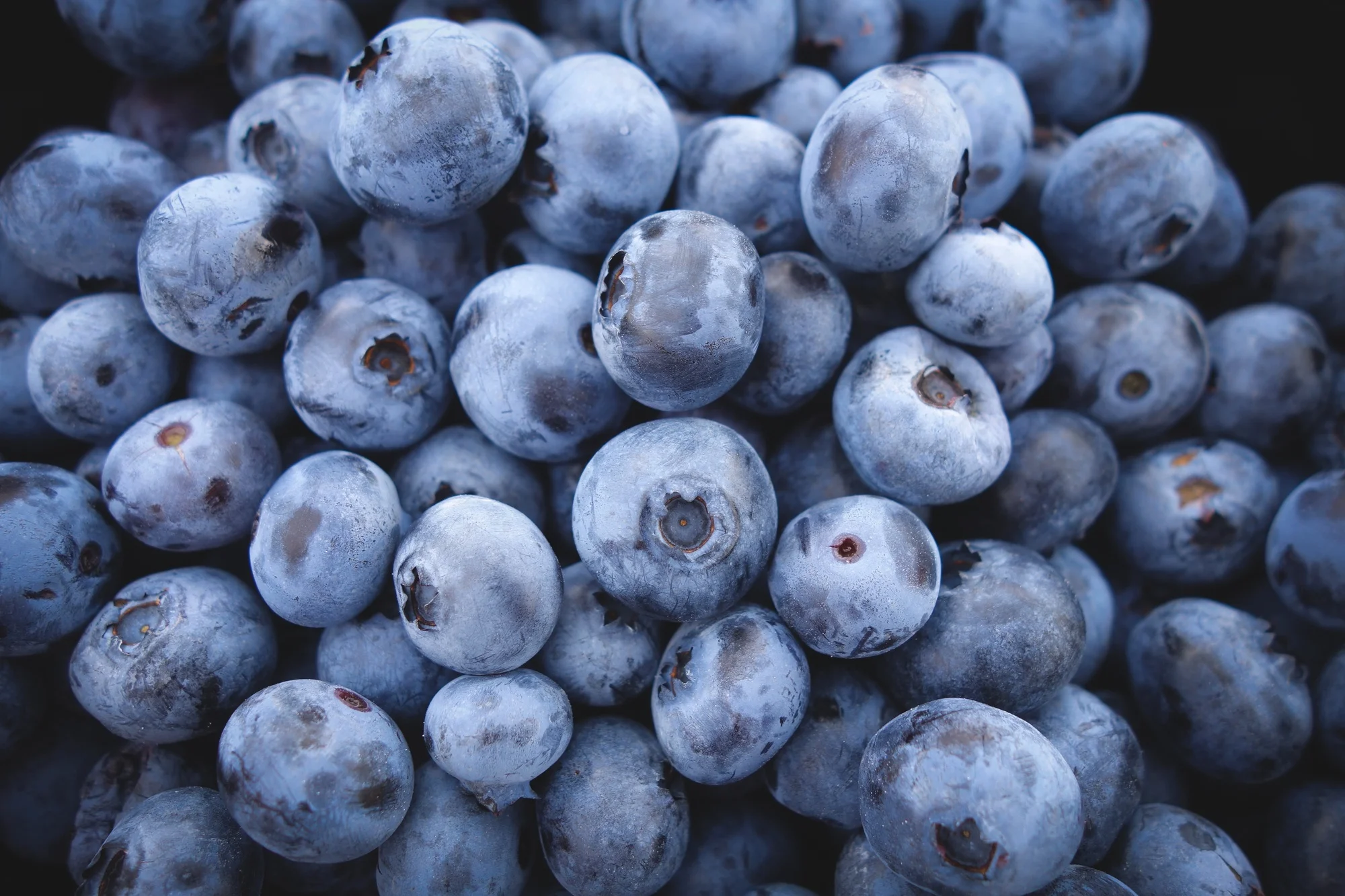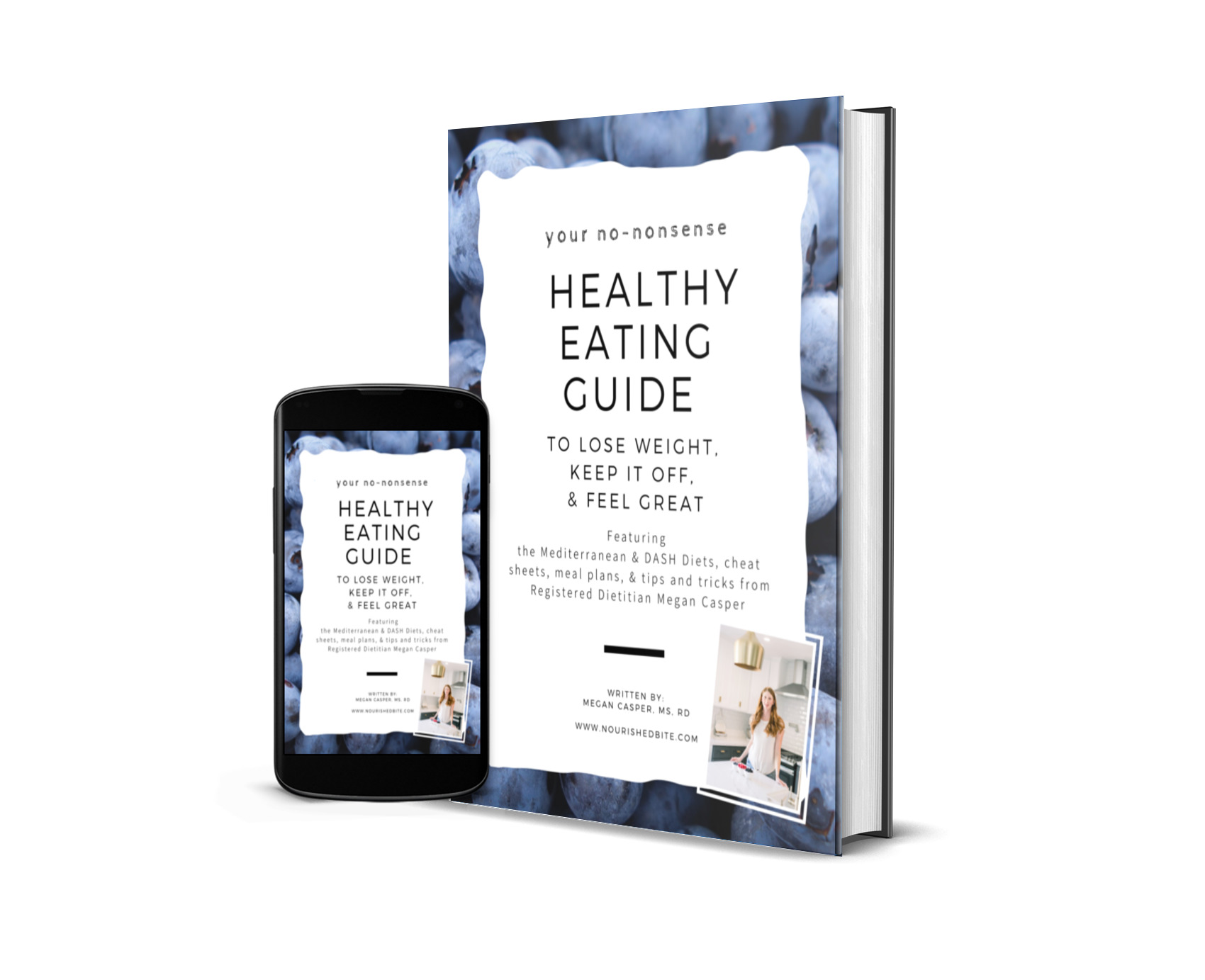Nutrition Trends in 2016: Ugly Veggies and the End to Food Waste
/BY TORI NICOLLI, MS, DTR
With the new year comes new fads, and 2016 is no different. We’re already in February, and it’s become clear that there are certain topics and trends in the field of nutrition that seem to be getting more and more attention as the days go by. This week we discuss another notable 2016 nutrition trend: food sustainability!
Nearly 40 percent of food grown in the United States is tossed away because it looks deformed. According to the The Natural Resources Defense Council (NRDC), this amounts to more than 20 pounds of food per person each and every month.
With the amount of food that’s wasted, it can be surprising to read that so many people living in the United States are food insecure. In 2014, 48.1 million Americans lived in food insecure households--32.8 million were adults, and 15.3 million were children. But why are we wasting so much food, and allowing this to happen?
Ugly fruits and vegetables are one contribution to this problem. If you’ve been to the grocery story, you’ve probably grown used to seeing perfectly shaped fruits and vegetables, right? Apples, carrots, zucchinis, and even potatoes all need to be perfectly shaped, otherwise there must be something inherently wrong with them. Why would we want to eat something that doesn’t fit the standardized notion of perfect?
The ugly truth is that we’ve been trained to expect this perfectionism with our foods.
ICYMI - Why stop big waste of "ugly" produce? Cucumber @twitter birds are rotting on farms.😥 https://t.co/StUPHK3iXS pic.twitter.com/6FXcBWhoGe
— @UglyFruitAndVeg (@UglyFruitAndVeg) January 20, 2016Foods like what’s pictured above are considered substandard, which in turn, adds pressure to farmers and grocers who are now forced to throw away this produce because it won’t sell. As a result, we’re left with these rejected foods, which fill up landfills and contribute to 16 percent of U.S. methane emissions.
The only difference between “perfect” and “ugly” fruits and veggies are looks. Their nutritional profile is the same. The taste is the same. When you peel and chop them up, they even look the same.
Many have joined to the movement to help stop food waste. Campaigns like @UglyFruitAndVeg broadcast just how silly it is to judge how our foods look. Even grocery stores are stepping in and doing their part, with some chains offering this ugly produce at discounted prices.
So what can you do to jump on the trend? Head to End Food Waste and sign their petition to encourage two of America's largest retailers, Walmart and Whole Foods, to promote ugly fruits and veggies. You can also check out their list of currently participating grocery stores. Finally, if you live in California, you can also have your very own box of uglies sent to you.




